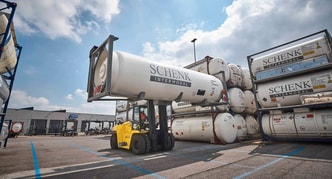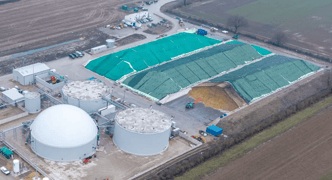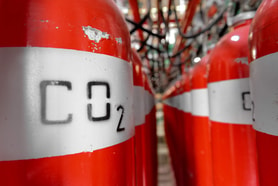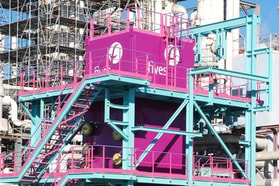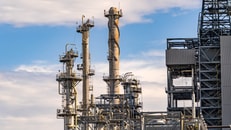White paper preview: Moisture measurement technologies for natural gas
With around four trillion cubic metres of natural gas in demand for 2024, the natural gas supply chain is vast and must adhere to strict supply legislation and guidance. One key parameter for the processing, storage and transportation of natural gas is the measurement of moisture within the gas itself.
Before transportation, natural gas is processed and purified through a range of different methods designed to remove contaminants such as solids, water, carbon dioxide (CO2), hydrogen sulphides, mercury and other hydrocarbons to produce pipeline quality dry natural gas.
However, to minimise dehydration in natural gas there arises a critical challenge: finding the balance between reducing dehydration and maintaining gas quality, while also keeping maintenance costs, transportation expenses and safety concerns in check. This requires precise and reliable measurement of the water content in natural gas.
During the transfer of natural gas ownership, whether between current and prospective owners, there are established limits on water content. These limits, usually expressed as absolute humidity (in mg/m3 or lbs/mmscfh) or dew point temperature, are regulated by tariffs.
... to continue reading you must be subscribed





